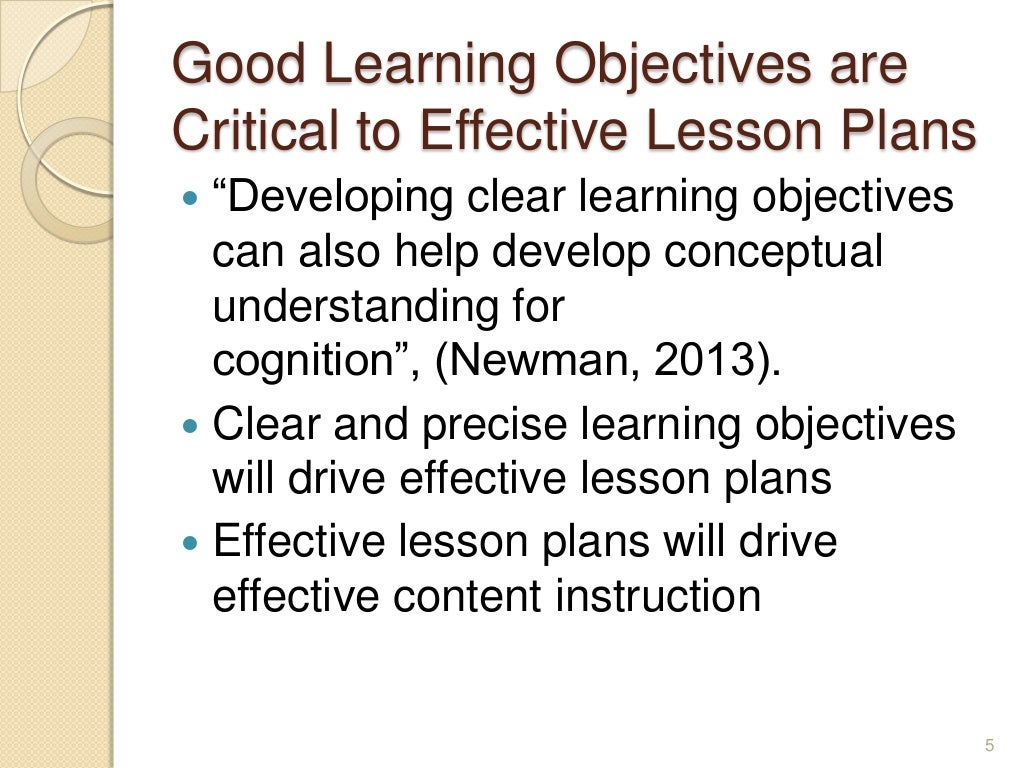Table Of Content
Using the Backwards Design approach will help you align your assessment, curriculum, and instruction. Summative Assessment involves graded activities that occur at the end of learning. Research over the past several decades has shown that students learn more and retain their learning longer if they acquire it in an active rather than a passive manner. Examples of summative assessments include exams, portfolios, presentations, written work. “Aligning teaching for constructive learning.” Higher Education Academy Discussion Paper.

Step 3: Design Content for Instruction
Abackward design lesson plan can be an excellent way to improve your student outcomes and learning processes. If you’re an online course creator, an online tutor, or a teacher of any other type, you probably develop your lessons in the same way. You study standards, learning objectives, or profit margins, then create your lessons and learning materials based on those goals.
Evolution Over Time
The key question is whether a one-size-fits-all approach can adequately cater to a classroom that is increasingly diverse in terms of learning styles, physical abilities, and cultural backgrounds. Scholars in the field of special education, such as Thomas Hehir, question whether the Backward Design framework is flexible enough to accommodate learners with diverse needs. Issues around accessibility, differentiated instruction, and cultural responsiveness come to the fore. The rigidity of the Backward Design framework has also been critiqued by educators like Sir Ken Robinson, who champion the benefits of creativity and freedom in educational settings. Educational scholars like Alfie Kohn have raised concerns that an approach like Backward Design, which starts with outcomes and assessments, might place too much emphasis on testing and grading.
Time-Consuming Planning Phase
This method is rooted in the constructivist theories of educators like Jean Piaget. Like Backward Design, Inquiry-Based Learning encourages higher-order thinking skills. However, it differs in that the learning process is far less structured, often initiated by a question or problem posed by the students themselves rather than pre-defined learning objectives. One of the most celebrated aspects of Backward Design is its focus on clear learning objectives.
These assumptions may not accommodate the needs or potential of individual students. Okay, so we’ve looked very closely at one small unit for a middle school science class. As educational paradigms continue to evolve, frameworks like Backward Design will likely undergo revisions and adaptations. Current trends in educational technology, personalized learning, and inclusive education all offer exciting avenues for integrating and evolving the principles of Backward Design.
Red Dead Redemption 2's Open World Is Amazing Because It's Designed Backwards - TrueAchievements
Red Dead Redemption 2's Open World Is Amazing Because It's Designed Backwards.
Posted: Sat, 09 Mar 2019 08:00:00 GMT [source]
I had decent relationships with my students and I believe most of them had good experiences in my classroom, but real, durable learning? By following these practical tips, educators can take meaningful steps towards successfully implementing Backward Design. The transition may come with its challenges, but the potential benefits for both teachers and students are substantial. Teachers like Carol Ann Tomlinson, known for her work on differentiated instruction, have noted that when students understand what they're working towards, they are often more engaged and motivated. Backward Design’s focus on clear objectives and transparent assessments lets students know what's expected of them, which can enhance their motivation to succeed. Plus, because Backward Design focuses on real-world skills and applications, students can easily see the value in what they're learning.
Once you have worked through the three steps of backward design, you should make sure that all elements (objectives, assessments, learning activities, and instructional materials) align with each other. This last example provides intended learning outcomes for a subject focused more on soft skills, where measuring student ability objectively is significantly more nuanced and difficult. However, these ILOs still communicate crucial information to students about what good communication looks like to the instructor and help them better understand what will be expected of them in the course. Looking ahead to step two of backward design, you will need to identify evidence that an intended learning outcome has been obtained. If a learning outcome is not measurable, then we will not be able to know whether or not our course successfully achieved its goals. Contrary to a popular assumption, this does not mean that the leaning goal has to be quantitatively measured by some objective instrument (like a multiple-choice test).
Prioritize Student Understanding
Let’s take a look at an example to illustrate the difference between a unit planned the traditional, topic-driven way, and the same unit planned with backward design. Some chapters we did in class (I would read to them, then they would read silently), and others at home. Some students became as absorbed in the novel as I’d hoped they would; others, not so much. Predictably, some fell behind in the book like they did with all assigned reading.
Teaching to the Test vs. Teaching the Test
In the simplest terms, Backward Design is like planning a treasure hunt. Instead of starting with the first clue, you begin by planting the treasure—your final learning goal. Because understanding how Backward Design works can make anyone a better learner and even a better teacher, whether you're helping your kid with homework or leading a team at work. Plus, it's a learning tool that schools and companies are using more and more, so it's good to know what it's all about. You walk away really getting it, able to use what you learned in real life. Well, there's a good chance the person teaching you used Backward Design to plan that awesome learning experience.
A well-designed rubric can help you align your assessments to your intended learning outcomes. Your learning outcomes should be achievable for the students in your class and achievable in the time allotted to your subject. Crafting realistic learning outcomes requires some understanding of students’ prior knowledge and skills in your subject. Instructional strategies are the teaching methods by which you present new information to your students.
When teachers are designing lessons, units, or courses, they often focus on the activities and instruction rather than the outputs of the instruction. Therefore, it can be stated that teachers often focus more on teaching rather than learning. This perspective can lead to the misconception that learning is the activity when, in fact, learning is derived from a careful consideration of the meaning of the activity.
And in the face of a new teaching environment (e.g., online), it becomes clear just how crucial it is that we create authentic, pedagogically sound assessments. Now it is time to plan the lessons, determine reading assignments, method of instruction, and other classroom activities to support student learning. With students’ needs in mind, instructors can choose the most appropriate methods to help their students achieve the learning objectives. The primary starting point for backward design is to become familiar with the standards/outcomes for the grade level and curriculum being taught. The second part of curriculum planning with backward design is finding appropriate assessments.
The following examples are simply suggestions for what creating backward design lesson plans might look like. When creating your own lesson plans, please refer to your state’s or school’s specific academic standards. Furthermore, when a teacher designs a lesson without a plan for the final assessment, they may be tempted to add activities or units to the lesson just for the sake of filling class time.
Alignment is the degree to which learning objectives, assessments, learning activities, and instructional materials work together to achieve the desired course goals. The backward design approach to curriculum planning enables educators to provide goal-centered instruction. With learning objectives centered, students can appreciate the relevance of the instructional content. The backward design approach for curriculum development applies to individual lesson plans through the backward mapping approach.
While these challenges and criticisms provide a more nuanced view of Backward Design, they don’t necessarily invalidate its effectiveness. Many educators find ways to adapt the approach to suit different learning environments and needs. By acknowledging these theories and the scholars who contributed to them, we not only appreciate the intellectual roots of Backward Design but also understand its strong academic underpinnings.
Formative assessment expert Paul Black advocates for continuous improvement through the feedback loop, which involves tweaking the lesson plans based on student performance and other data. Educators like Lorin Anderson, who revised Bloom's Taxonomy, appreciate that Backward Design encourages higher-order thinking skills. Because educators start with the end in mind, they can plan activities that go beyond rote memorization, facilitating skills like analysis, evaluation, and creation. This helps students become not just passive receivers of information, but active constructors of knowledge. Renowned educator Grant Wiggins, one of the creators of Backward Design, emphasized the value of well-defined learning goals in providing direction to both teaching and learning. When discussing the theoretical foundations of Backward Design, it's impossible to ignore Constructivism.

No comments:
Post a Comment